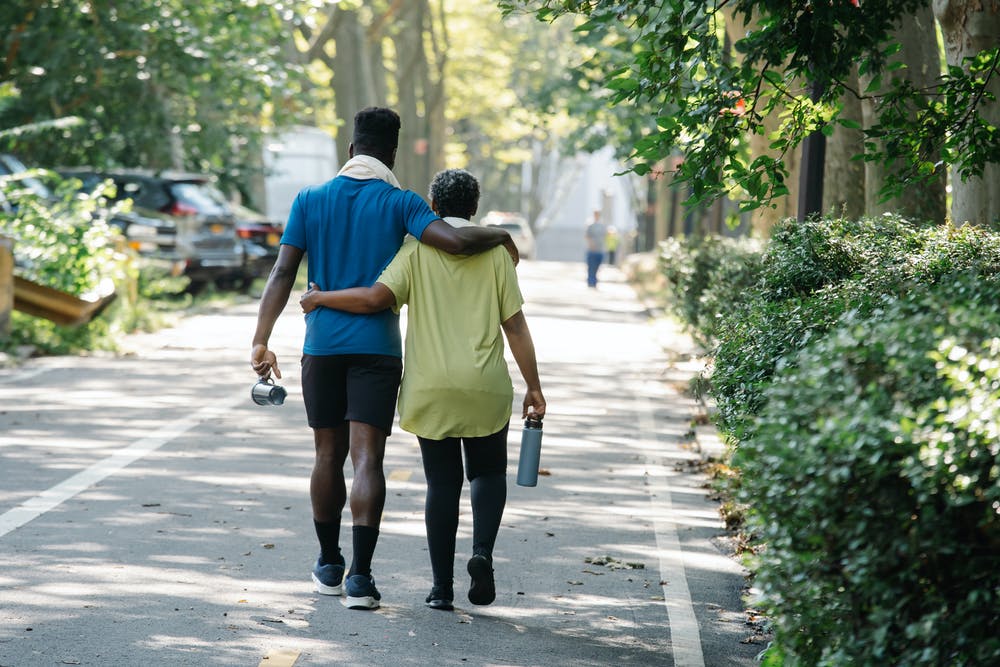
New grants are available for 15 teams from small and mid-sized cities across America working to repair the damage caused by divisive transportation infrastructure. Smart Growth America, in collaboration with Equitable Cities, the New Urban Mobility Alliance, and America Walks, has launched the Community Connectors Program, an initiative offering up to $130,000 to build local capacity for co-designing projects with the communities most impacted by infrastructure barriers like dangerous arterials, missing sidewalks, rail lines, and divisive highways.
Earlier this month, the Community Connectors team hosted a webinar outlining the program’s guidelines and requirements, and answering questions from prospective applicants that will help you and your partners put together a strong application before the July 15th deadline.
Watch the Full Webinar Here:
Here are the top 5 takeaways:
Who’s eligible to apply?
Awards are available to communities with a population roughly between 50,000 to 500,000, with limited flexibility at either end of the population range. Communities are defined as cities, towns, or counties.
Eligible lead applicants are government agencies (including US territories), tribes, community-based non-profit organizations with 501c3 status, and academic institutions. Government agencies include state agencies and metropolitan planning organizations, if the community they are working with fits within the population limits.
Community Connectors grants support a wide range of projects, in the context of removing or repairing the harm of divisive infrastructure.
Developing plans for trails, multimodal streetscape improvements, public transit, economic development, and affordable housing are eligible projects for Community Connectors grants (this list is not exhaustive). The key factor for eligibility is whether or not the project seeks to remove specific infrastructure that has damaged and/or divided communities or repair the harm it has caused. Divisive infrastructure includes dangerous arterials and roadways, limited-access highways, rail or transit lines, and accessibility barriers like a lack of sidewalks, crosswalks, curbs, and lighting (again, this list is not exhaustive).
What are capacity-building activities?
Capacity-building grants are intended to increase a community’s collective ability to advance locally driven projects that reconnect communities separated or harmed by transportation infrastructure. This includes the ability for community members and community-based organizations to participate in the work.
The list below provides some examples of capacity-building activities, but is not intended to be proscriptive:

Grant funds may be used for staff salaries, consultant fees, data collection and analysis, meetings, supplies, funding support for community-based organization participation, initiative-related travel, other direct expenses, and other expenses not named here but approved during the scoping process.
Partnerships are a priority
The goal is to assemble diverse and multi-entity project teams that bring public agencies together with community-based organizations and advocates (and other stakeholders) to scope and advance these projects. Applications that have both strong community and government leadership are most likely to advance, as well as teams that focus on co-designing projects with the most impacted communities and advancing equity.
If you’re an individual advocate or community-based organization without 501c3 status, you can still be part of a team, just not the lead applicant. Reach out to your local government staff and work with them to submit an application.
Your project doesn’t need to have all the answers
This program aims to assist communities with projects and ideas that span a spectrum from nascent to more concrete. That’s why when you apply, you’ll select one of three different project types, to represent the stage it’s at. Applications are evaluated against other applications within each type—not against the full pool of applicants.

For less developed projects (types 2 and 3), teams may not have developed extensive partnerships yet, but are expected to be developing connections with the organizations and stakeholders who should be involved. Letters of support from community members or leaders, local elected leaders, and stakeholder organizations are useful to demonstrate this commitment.
The application period for the Community Connectors program closes July 15, 2023 at 11:59 p.m. Visit the Community Connectors page for more information.